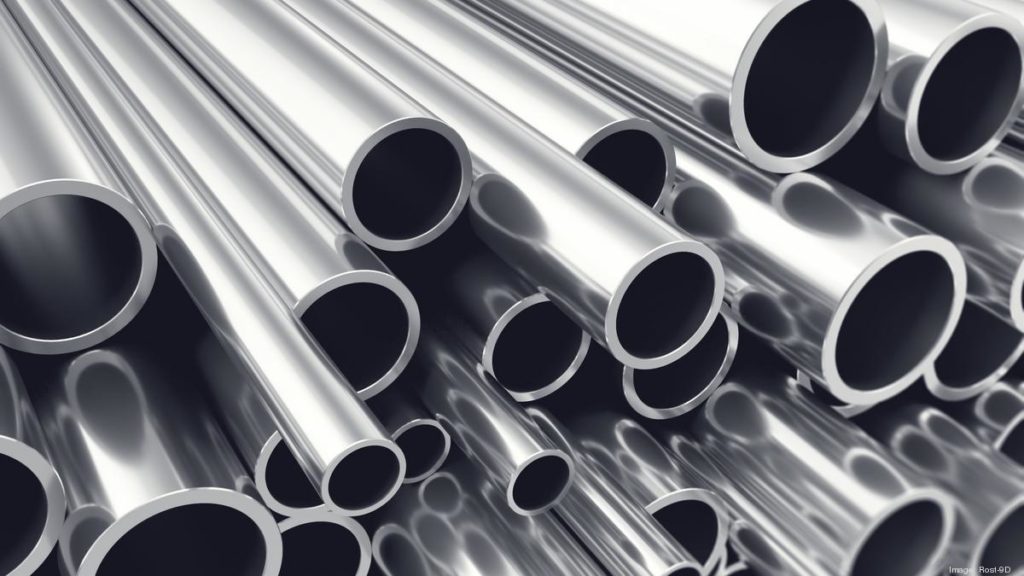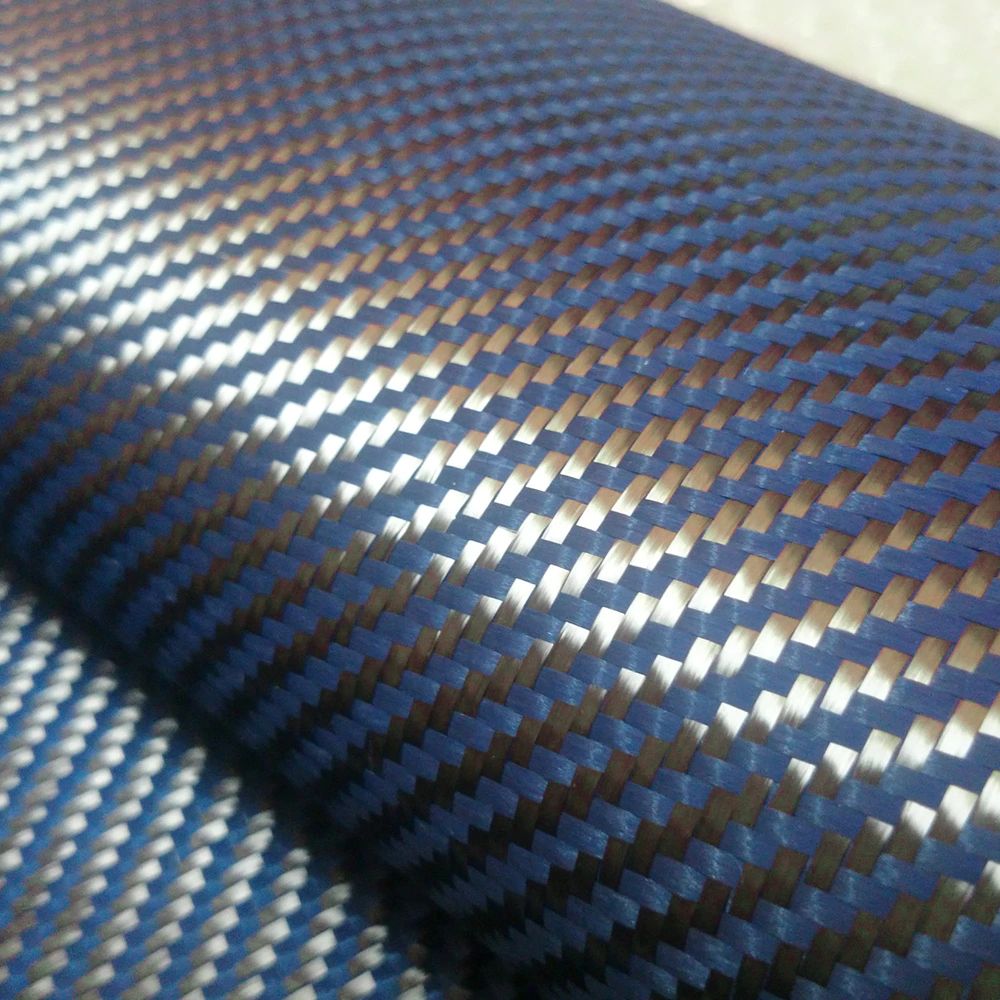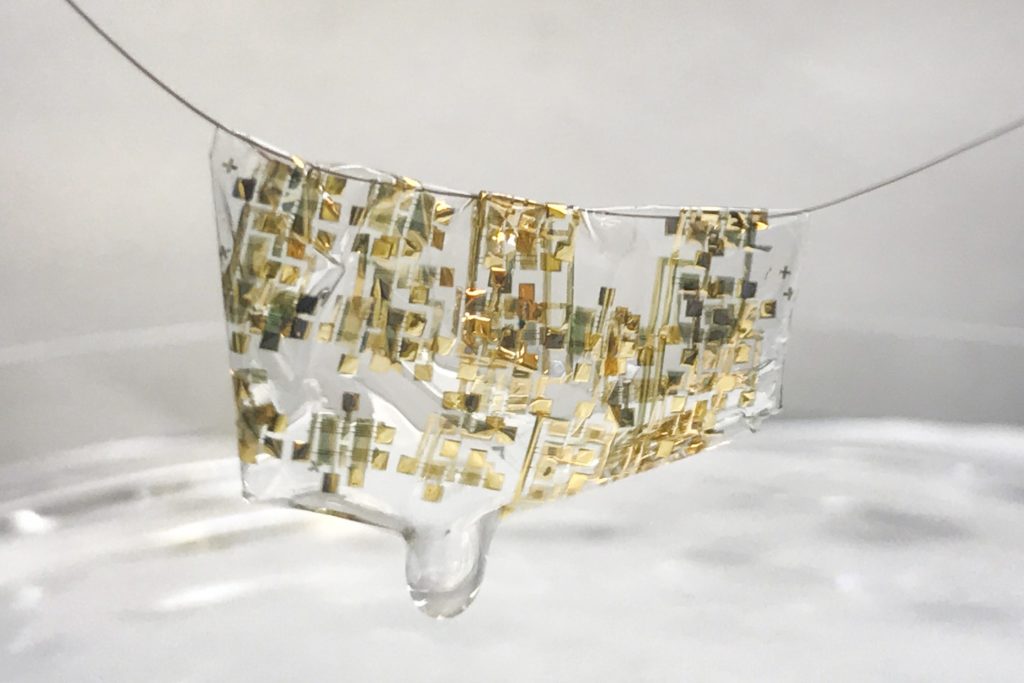Special considerations exist when using a robot for special applications. When making a heavy-duty robot, your usual considerations for making its parts are strength, weight, and availability. However, you must also consider how it will interact with the environment. Checking the technical details of all your parts is a must when making robots.
Material choice needs to be considered when subjecting robots and robotic parts such as servo controllers about which you can read here in certain places. Usually, they are used to protect either the robot parts or the things where your robot will operate. Here are some of the common materials used which are probably already on your list:
1. Steel

As reliable as it sounds, steel is the most common material of choice for heavy-duty robots. Its strength, combined with its availability in the market is its major advantage. You will notice that steel is used as frames or covers in robots.
Steel is strong and heavy, which means it is difficult to shape and carry in large parts. However, steel can be also formed into thin sheets. You may see that vehicles are protected by their steel exterior, which can also be applied in robotics. Those sheets can be formed into tubes, which can be also made as robot frames.
2. Rubber

Known for its flexibility, rubber can absorb shock while handling delicate products. For your robot, you may consider covering up both the hard and sensitive parts with rubber. It is also reliable when you want your robot to be sociable with humans.
This soft material, however, is also suitable to use in extreme environments. Rubber has high resistance to some elements especially liquids. To enable your robot to go underwater; consider sealing it with rubbery materials. Since the rubber doesn’t rust, it can handle some acids too. With all that being said, rubber is a great material to consider for your robot – its use might be limited, but it can certainly come in handy.
3. Aluminum

Aluminum is a popular choice for robot makers thanks to its distinct properties. It is lightweight, easy to machine, and rust-resistant. Those properties enable aluminum to use as a single part with complex shapes. It can also handle fragile objects and absorb impacts at the same time. However, those properties also make aluminum less affordable than steel.
Technology also offers ways to process its surface that makes your robot presentable. This makes aluminum to be both used as a structural part without worrying about its looks. Aluminum can help to show off your heavy-duty robots for commercial purposes.
4. Kevlar

Kevlar is well known as bulletproof attire. It is made of strong synthetic fibers that can also withstand both hot and cold environments. It can keep the oil on your robots from freezing and melting. Making your robot wear kevlar attire enables it to go on harsh environments. Isn’t that what makes the robot heavy duty?
Kevlar, as a fabric, makes your robot maintain its motion and function. Also, damaged Kevlar covering can be replaced without disassembling your robot. It’s just like making your robot wear protective clothes, increasing its durability in harsh environments.
This material is used in various other industries such as the car industry. For instance, most of the presidential vehicles use Kevlar as protection from terrorist attacks and possible strayed bullets and other dangers.
Speaking of which, if you want to make a robot that will withstand harsh conditions and certain threats from the outside, this is the material to go with.
5. Biodegradable ‘smart’ materials

The seemingly immortal materials mentioned earlier are either difficult to produce or harmful to the planet. They are also hard to destroy, which will be a waste when using them once. Thus, you should also consider using biodegradable materials.
Ongoing research worldwide enables biodegradable materials suitable for robotics.
From robot skins to hard bioplastics, those materials enable robots to exist in harmony with the environment. Losing the heavy-duty robots after successful operations don’t require effort on retrieval.
Right materials for the right job
Your robots may perform specific tasks that are not achievable by these materials. For instance, stainless steel exists for handling salty environments. Heavy-duty robots also operate in sensitive environments like handling food, electronics, and medical applications. Whatever purpose your robots may serve this hopefully helps you widen your knowledge about making
Hopefully, we have managed to cover some of the most common materials used in robotics. Bear in mind that these are the basic and most common ones. There are some additional materials and parts which are used in order to fully construct a functioning robot.





